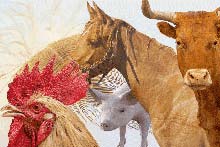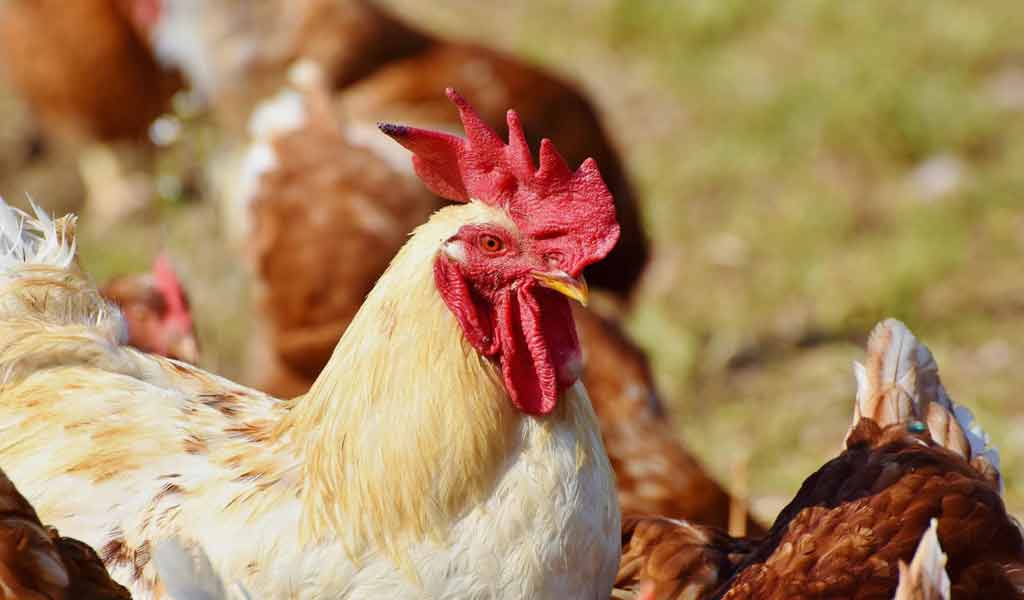What is feed probiotics
Probiotics, Knowed as live microorganisms or benefit bacteria, are widely used in feed (Feed Probiotics) of livestock and poultry to maintain intestinal health of the host and improve production performance. For instance, this kind of supplementation has been demonstrated to benefit farm animals in immune modulation, structural modulation and increased cytokine production, which positively affect the intestinal mucosal lining against pathogens. Bacillus subtilis has been a popular bacterium used within the industry and was shown to improve intestinal villus height. Increasing the villus height and structure of the crypts in the gastrointestinal tract (GIT) allows for the improvement of nutrient digestion and absorption. Tight junctions maintain important defences against pathogenic bacteria and cellular homeostasis.
Difference from Prebiotics
Prebiotics are specialized plant fibers. They act like fertilizers that stimulate the growth of healthy bacteria in the gut. Prebiotics are found in many fruits and vegetables, especially those that contain complex carbohydrates, such as fiber and resistant starch. These carbs aren’t digestible by your body, so they pass through the digestive system to become food for the bacteria and other microbes.
The list of prebiotic foods is long, from asparagus to yams. A quick internet search will yield dozens of examples, as will a consultation with a registered dietitian.
Nowadays, the list of prebiotic supplements might be even longer, but they usually contain a complex carbohydrate such as fiber. Supplement companies market products to specific conditions, such as bone health and weight management, claiming that their ingredients enhance the growth of specific kinds of bacteria.
Common Types
Many types of bacteria are classified as probiotics. They all have different benefits, but most come from two groups.
1. Lactobacillus. This may be the most common type. It’s the one you’ll find in yogurt and other fermented foods. Different strains can help with diarrhea and may help people who can’t digest lactose, the sugar in milk.
2. Bifidobacterium. You can find it in some dairy products. It may help ease the symptoms of irritable bowel syndrome (IBS) and some other conditions.
3. Saccharomyces boulardii is a yeast. It appears to help fight diarrhea and other digestive problems.
Application and market
Feed probiotics used in animal nutrition are generally produced commercially and offered to the market in liquid and solid forms. they are classified as bacteria, yeast and fungi. Lactobacillus, Bacillus, Streptococcus, Pediococcus, Enterococcus, Bifidobacterium, and Propionibacterium are most commonly used in animal feed. Because different strains have different functions. In actual use, more than one strain is often used to achieve maximum effectiveness, and some contain fungi and yeast.
Feed probiotics used as animal feed supplements are usually provided in the form of powder (granules) and liquid. Powder will be more popular in the next few years due to its low storage cost, easy transportation and longer shelf life. In addition, in terms of microbial species, it is estimated that lactobacillus-based bacterial probiotics in animal feed will surpass non-bacterial probiotics in the next 5-10 years.
Key References







